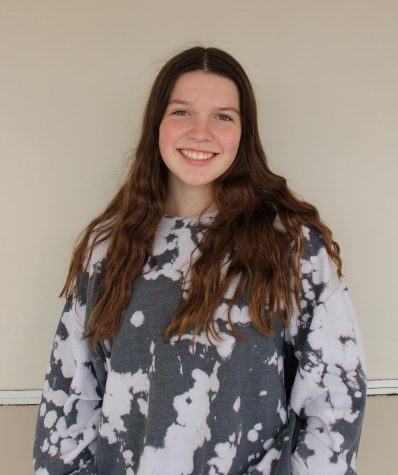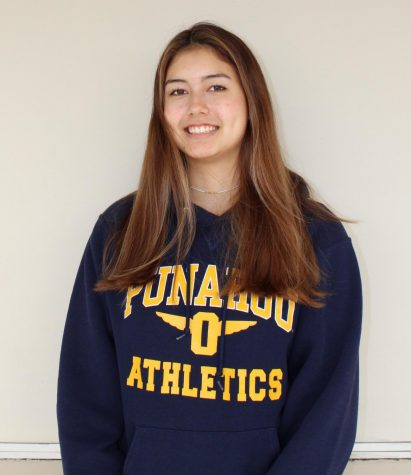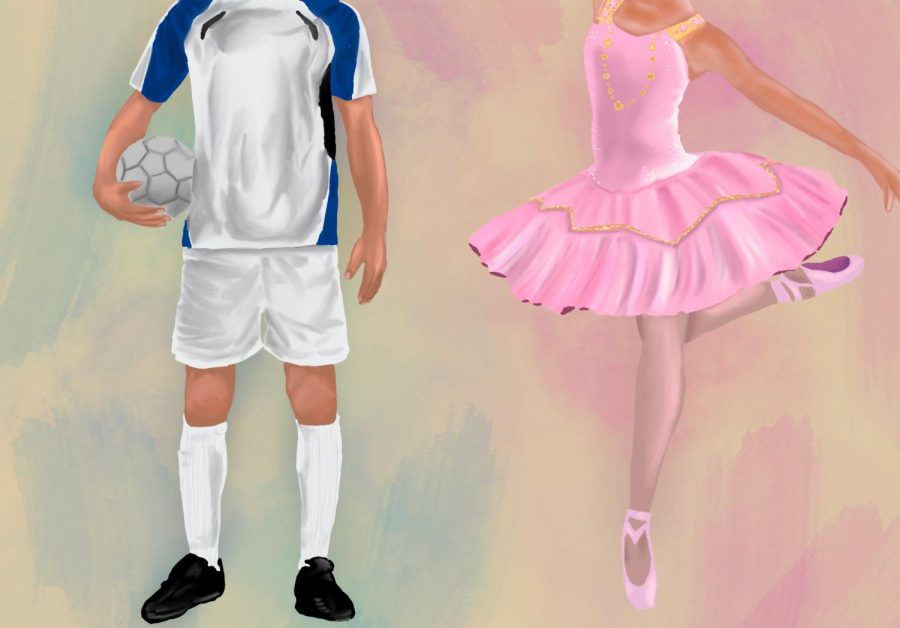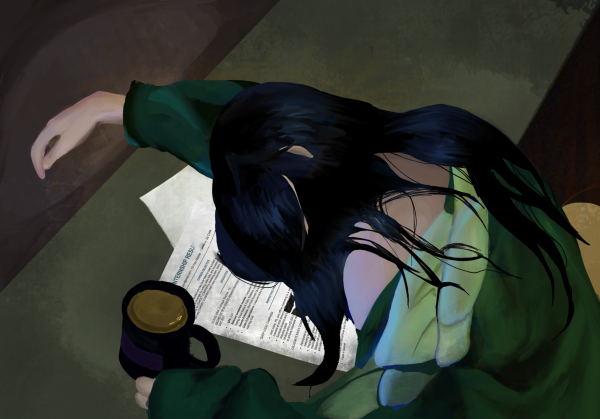Club Sports in Need of Recognition by Athletic PE
Club Sports Should Count For PE Credit
Sports are a main focus at Campolindo, with students encouraged to spend Friday nights cheering on the football or basketball teams and athletes recommended to participate in 1 of the many offered sports on campus. Most athletes look forward to competing on varsity teams in high school, so normally staff members don’t have to promote their teams too much.
1 way they try to involve students in school sports is by allowing those athletes to gain credit towards physical education (PE) classes. Those who participate in 2+ different seasons of sports on campus are only required to take a freshman PE course and those who only play 1 season of sports have to take freshman PE and a semester of PE sophomore year. Students who don’t participate in sports at Campolindo are required to take a full year of PE freshman year and 1 other year during high school. This may not seem like much of an inconvenience, but this PE period sophomore, junior, or senior year could be used in much more productive ways.
It is completely understandable that students need to participate in some sort of physical activity each day to keep them healthy, but this policy fails to recognize that some students are participating in sports but in a club format off campus. Club sports require as many, if not more, hours than those of Campolindo sports, but they are not accepted as PE credit. Club sports are often more competitive than school sports and tend to be more time consuming. The period a person participating in club sports is wasting on a PE class could be used as time for an Advanced Placement (AP) class or a free period that could allow them to get homework done.
An excuse I personally have heard multiple times is that there is no way to regulate how rigorous these activities are, since they are off-campus. However, it is a fallacy to believe that any Campolindo sport requires more participation or is more demanding than a club sport. Traditionally, club sports tend to be less flexible than school sports, requesting more of athletes’ time and participation. Also, most club sports athletes have to try out to make a team, whereas many Campo sports are no-cut or are more lenient on the required skill needed to play on the freshmen or JV team. Additionally, if administrators are worried about being able to regulate the amount of hours or difficulty of these activities, a simple form asking for the amount of hours spent playing the sports each week with a signature from a parent and a coach would solve all of these problems.
Furthermore, Campo doesn’t offer many sports such as dance, gymnastics, and rowing, all of which are common activities among students. It seems futile to require students to take Campo sports when so many aren’t represented by the school. Also, not representing or allowing these sports to count as physical education credit contributes to false claims that they are easy and don’t require any athletic ability.
For example, California Academy of Performing Arts (CAPA) dancers take class an average of 15 hours per week, which is the same if not more time than any Campo sport practices. Anybody who walks by the bright, bustling CAPA studio can definitely tell that dancers participating in various classes are working hard. Also, activities students are forced to participate in during PE, such as long distance running, prove to be detrimental for training dancers. Without the option to be excused from activities that are harmful, dancers are forced to bear the pain of intense training coupled with unnecessary PE activities.
Another club sport that is common at Campolindo is rowing. Many students participate in the Oakland Strokes club, attempting to further their training and interest in the sport. These students have to drive to the Oakland Estuary for practice, a solid 30 minutes away with the absence of traffic. They rush to practice after school, trying to find time for homework during these drives. Having the ability to have a free period instead of PE would allow these rowers more time to complete homework or to relax before commuting to practice.
Campolindo offers 6 period schedules for students who want to take advantage of an off-campus 1st or 7th period to work on homework, prepare for tests, or to rest before their after school activities. The students who are forced to take 2 full years of PE are robbed of this option. Barely able to fit in all of their required classes, a free period or elective is definitely not a possibility.
Club sports are extremely time consuming, more so than any Campo sport. Students that participate in these sports often find themselves having to do homework in between practices and having to stay up late to ensure that they are prepared for tests the next day. Being able to have an extra free period that they can dedicate to homework, studying or resting before their sport would be much appreciated by club sport athletes.
Overall, the necessity of students having to participate in PE after freshman year, even if they partake in club sports outside of school, is ridiculous and unneeded. People who participate in club sports work just as hard as students who partake in Campolindo sports, and the school must be more understanding of these athletes schedules in order to maintain a fair physical education system.
Your donation will support the student journalists of Campolindo High School's The Claw. Your contribution will allow us to produce more issues and cover our annual website hosting costs.

Freshman Mia Daly’s passion for freedom in prose drove her to join the writing staff for The Claw.
Daly has always loved writing and English classes....

Alex Gonzales is a senior and a 1st year journalism student on the Art Staff. Gonzales grew up in Montclair before moving to Lafayette. “I joined journalism...


